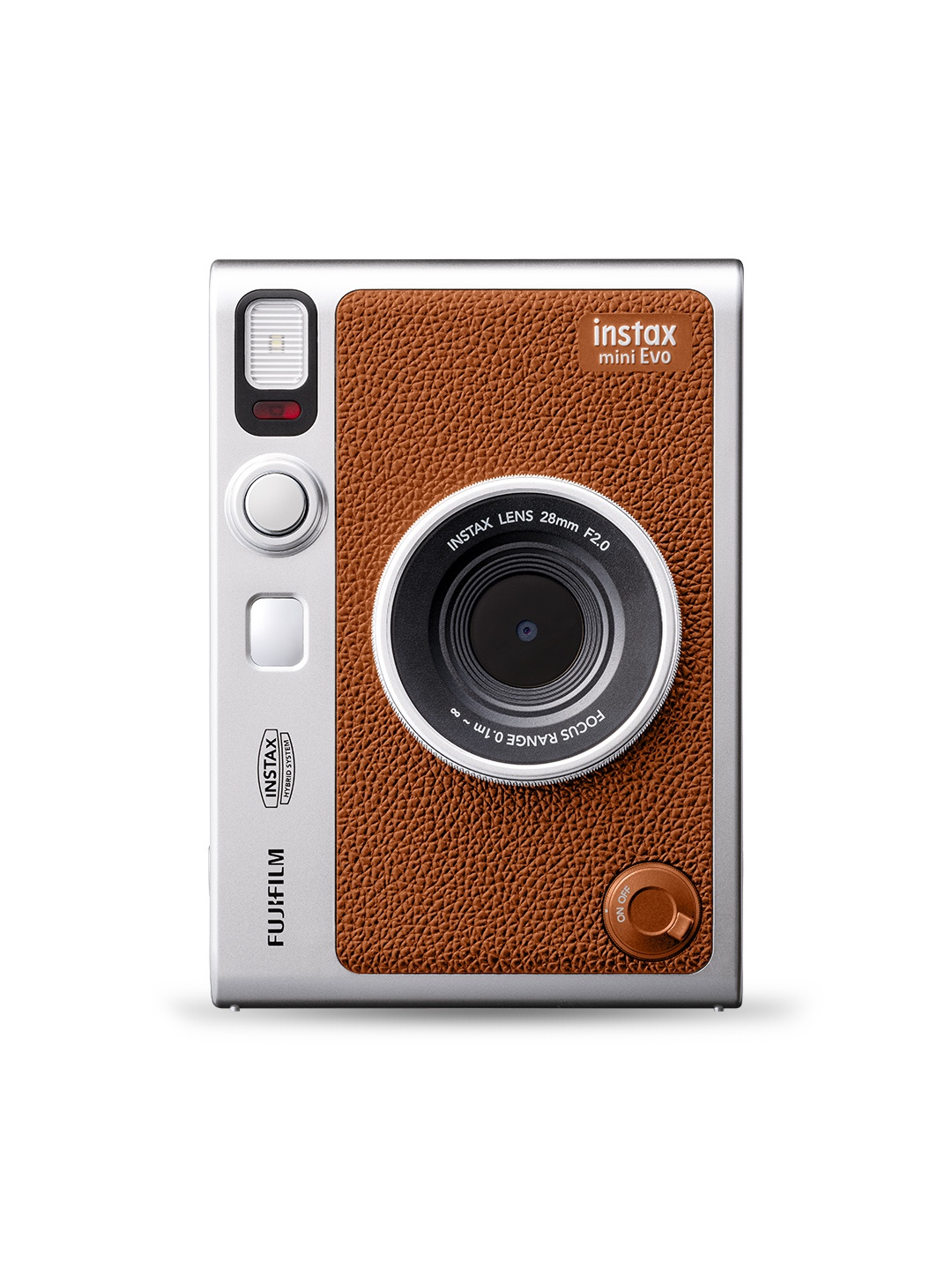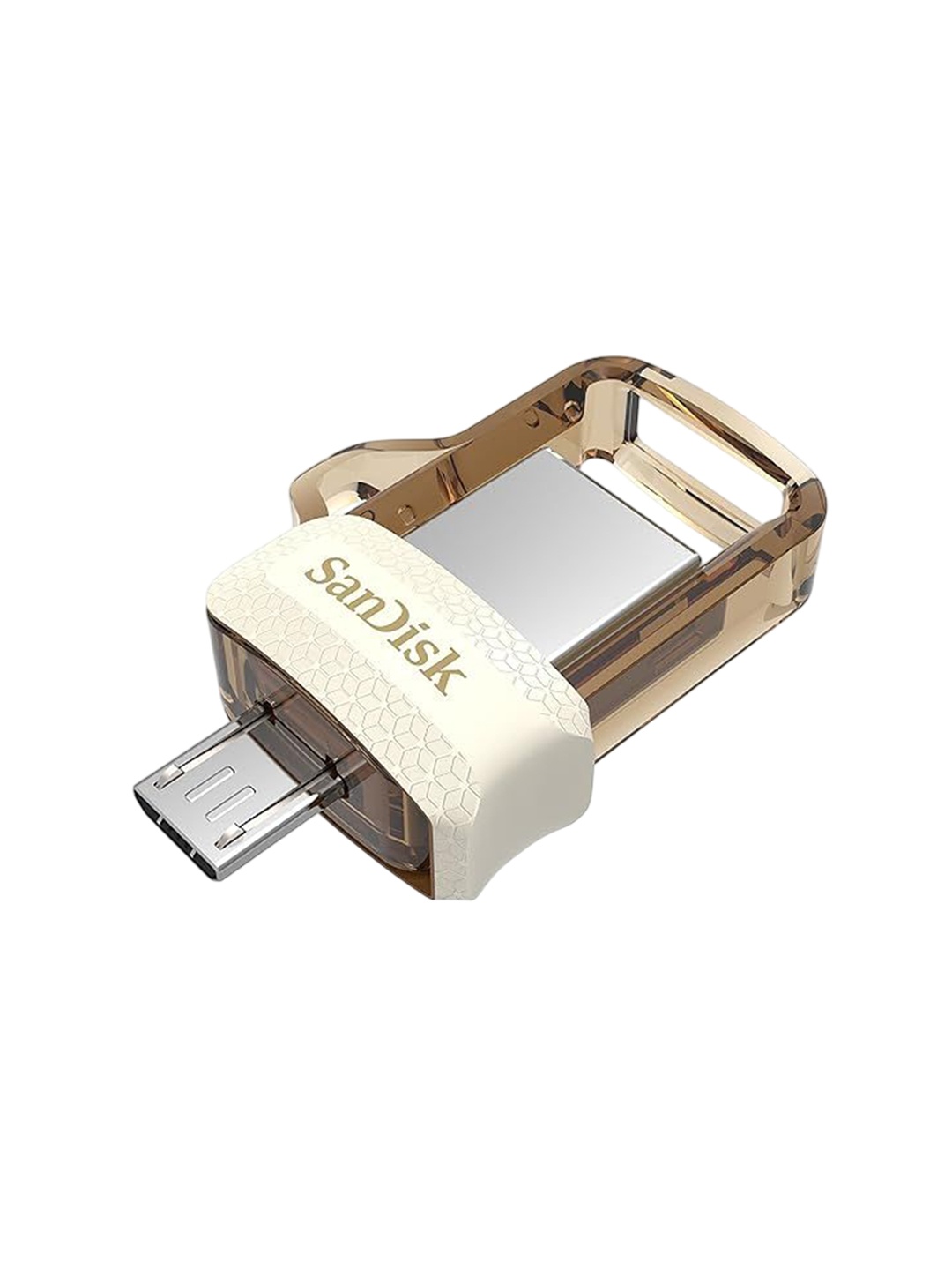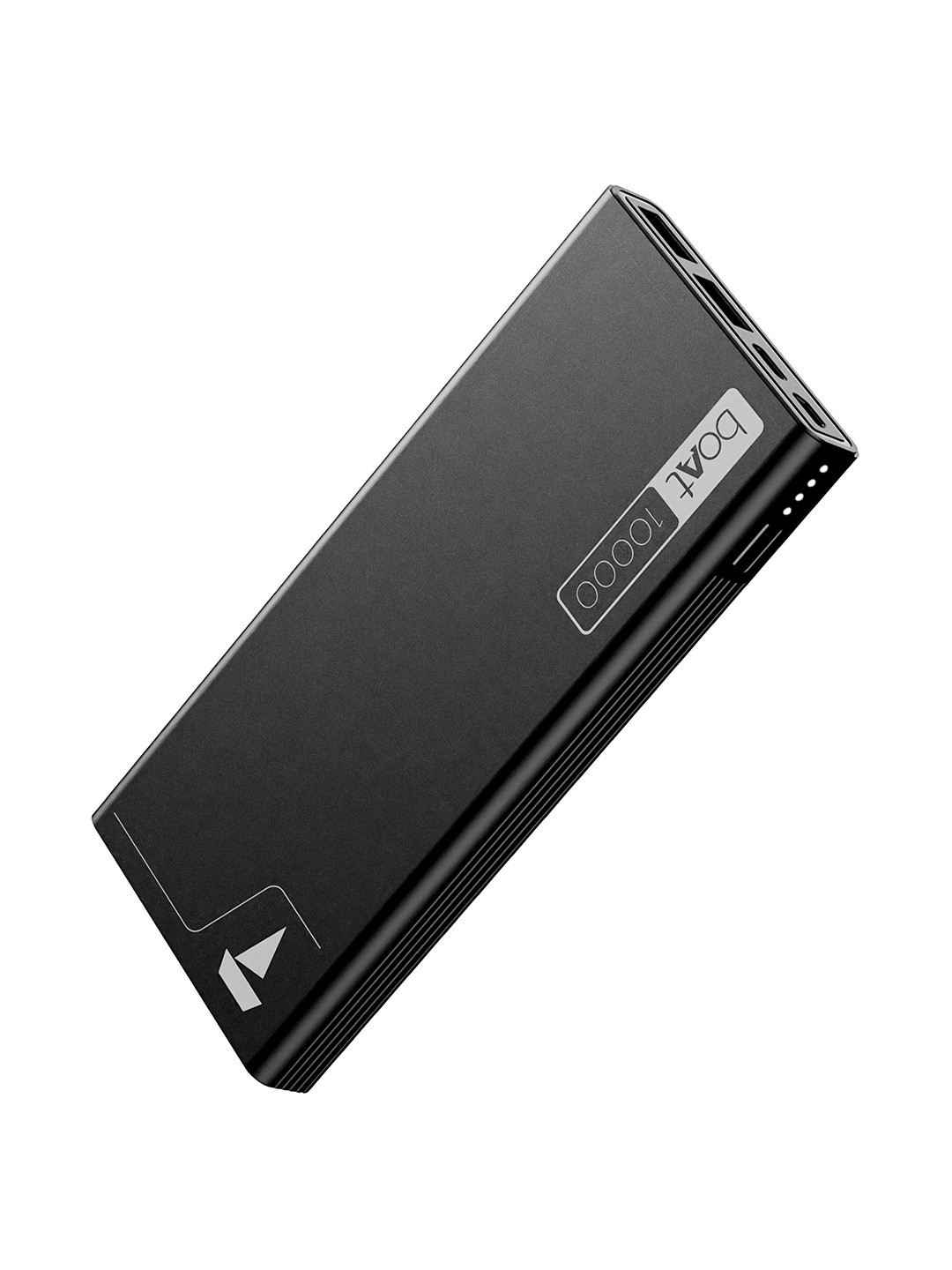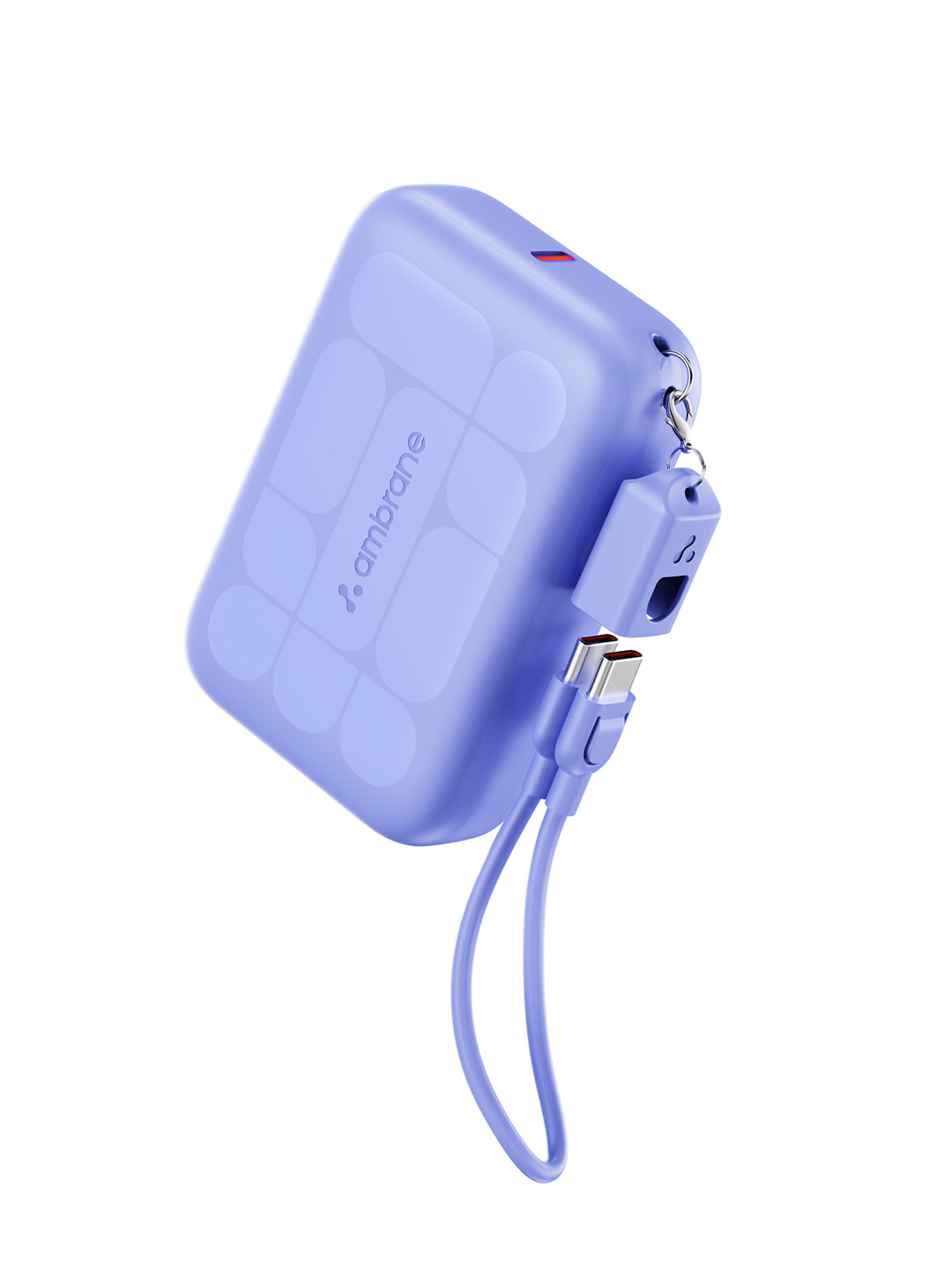Top 10 Proven Ways To Extend Your Gaming Laptop Battery Life For Hours Of Uninterrupted Play
A gaming laptop offers thrilling power on the go, but when the battery dips faster than your health bar in an intense match, frustration follows. But here's the good news, it doesn't have to be this way. Small tweaks in system settings, power modes, and habits can stretch that battery far longer than you might imagine. This is how to keep your laptop running longer, so the fun doesn't stop mid-game.

Top 10 Best Settings To Maximize Gaming Laptop Battery Life For Longer Performance And Gameplay.
Gaming laptops have come a long way. Sleek, powerful, and portable, they bring desktop-level performance to the lap. Yet, every gamer knows that one challenge never seems to end: battery life. The moment you unplug the charger, the countdown begins, and within a few hours, the battery is begging for mercy. Whether it's a marathon session of Valorant or a casual evening with FIFA, the thrill quickly fades when that red low-battery icon flashes.
Here are the top 10 proven ways to extend your gaming laptop battery life, ensuring hours of smooth, uninterrupted play without performance drops or power worries. Ready to keep your laptop alive for the long haul? Let's begin.

Top 10 Best Settings To Maximize Gaming Laptop Battery Life For Longer Sessions And Improved Efficiency.
Photo Credit: Pexels
Game On, Battery Strong: Top 10 Tweaks to Keep Your Laptop Going
1. Activate Battery Saver Mode
Battery Saver Mode is the unsung hero of laptop endurance. It automatically limits background activity, dims brightness, and slows performance slightly to save power. On most Windows systems, turning it on is as easy as clicking the battery icon and selecting “Battery Saver.”
When gaming on the go, it's best used for less demanding titles, think Stardew Valley rather than Cyberpunk 2077. The mode helps balance performance and battery by cutting unnecessary background tasks that quietly sip away energy.
To make it more effective, customise it through Settings → System → Power & Battery → Battery Saver. Set it to turn on automatically when the battery drops below 40%, this way, you don't have to remember it mid-game.
While it won't give endless hours of power, it can add an extra 30–45 minutes of playtime. That might just be enough to win the final round before your laptop calls it a day.
2. Adjust Screen Brightness
The display is a hungry beast. It's one of the biggest power consumers in any laptop, especially gaming ones with high-refresh-rate panels. Turning down the brightness can make a surprising difference.
Start by manually lowering the brightness to around 50–60%, bright enough for clarity but gentle on the battery. If you're gaming indoors or late at night, even 40% often works perfectly.
For extra efficiency, disable adaptive brightness under Display Settings. It often misjudges lighting conditions, pushing brightness unnecessarily high. Also, consider switching the display refresh rate from 144Hz or 165Hz down to 60Hz when not gaming competitively.
These small adjustments collectively extend battery life significantly. After all, it's not just about playing longer, it's about enjoying smoother sessions without the anxiety of seeing that battery percentage plummet.
3. Optimise Power Mode Settings
Windows offers multiple power profiles, Best Performance, Balanced, and Best Power Efficiency. When gaming without a charger, sticking to Balanced or Power Efficiency mode can make a world of difference.
To change this, go to Settings → System → Power & Battery → Power Mode. The Balanced mode smartly adjusts CPU and GPU performance based on what you're doing, conserving power during idle moments.
Gamers often underestimate how much energy idle processes waste. Power modes can regulate fan speed, voltage output, and thermal performance, preventing excessive drain.
When gaming offline or casually, this mode helps achieve a steady frame rate while keeping the laptop cooler, which, in turn, enhances long-term battery health. It's like choosing a steady marathon pace over a short sprint.
Also Read: Top 5 Laptops for Students With Long Battery Life That Are Not Heavy - Acer, Lenovo To HP
4. Control Background Apps
Many apps love running quietly in the background, messaging tools, updaters, cloud services, and even game launchers like Steam or Epic Games. While harmless on power, they're battery vampires.
Head to Task Manager (Ctrl + Shift + Esc), and you'll probably see a crowd of unnecessary apps hogging memory and CPU. Close them before gaming.
For a more lasting fix, visit Settings → Apps → Startup and disable apps you don't need auto-launching. You'd be surprised how many services start without your permission, from weather updates to voice assistants.
Controlling background activity isn't just about saving battery; it also boosts performance. Fewer apps mean less CPU heat, quieter fans, and smoother gameplay. Imagine it as clearing clutter before an intense match, more focus, less distraction, better performance.
5. Switch to Integrated Graphics
Many gaming laptops come with both dedicated (NVIDIA or AMD) and integrated (Intel or AMD Ryzen) graphics. While the dedicated GPU delivers stunning visuals, it's also a battery guzzler.
When gaming unplugged, switch to integrated graphics for lighter games or when not gaming at all. Head to NVIDIA Control Panel → Manage 3D Settings → Preferred Graphics Processor and choose the integrated option.
This single adjustment can nearly double battery life during low-load tasks like streaming or browsing. When you reconnect to power, switching back to the dedicated GPU restores full power for heavier titles.
Think of it like riding a scooter to the market instead of firing up a sports bike, both get the job done, but one saves a lot more fuel.
6. Disable Keyboard Backlighting
Those glowing RGB keyboards look fantastic, especially in the dark, but they quietly drain power. While a few minutes of glowing keys won't hurt, keeping them lit for hours makes a noticeable dent in battery life.
Turn them off using the Fn key shortcut (often combined with F5 or F7, depending on your laptop model). If your laptop software supports it, set the lights to turn off automatically after a few minutes of inactivity.
For late-night gaming, dim the lights instead of turning them off completely, a soft white glow is easier on both your eyes and your battery.
Aesthetic lighting is fun, but when the battery is low, practicality wins the match. Saving 10–15% of battery from lighting alone can easily translate into another round of gameplay.
7. Update Drivers and BIOS
Outdated drivers, especially GPU and chipset ones, often cause inefficiencies that affect power management. Manufacturers regularly release updates to improve energy optimisation and system stability.
Go to Device Manager → Display Adapters → Update Driver, or use your GPU's official app (like NVIDIA GeForce Experience). Also, check your laptop manufacturer's support page for BIOS updates.
A BIOS update can enhance thermal control, power balancing, and even charging efficiency. Just ensure your laptop is plugged in during updates, you don't want interruptions mid-process.
Keeping software updated ensures the hardware performs at its best while consuming less energy. It's the digital equivalent of tuning an engine, smoother, faster, and more efficient.

Top 10 Best Settings To Maximise Gaming Laptop Battery Life
Photo Credit: Pexels
8. Manage Wi-Fi, Bluetooth, and Peripherals
Wireless connections are subtle battery eaters. If you're playing an offline game or not using Bluetooth devices, turn them off. It may seem minor, but over time, these small savings add up.
Likewise, unplug any unnecessary USB peripherals, external hard drives, mice, or cooling pads. These accessories constantly draw power, even when idle.
For an added boost, switch on Airplane Mode if you're gaming offline. It disables both Wi-Fi and Bluetooth with a single click, cutting off background data syncing that runs invisibly.
Think of it like turning off unused lights in your house. Each one may not seem like much, but together, they lighten the load significantly, both on your battery and your mind.
9. Control Game Settings and FPS
A game's visual settings have a huge impact on power draw. Running ultra settings at 144 FPS on battery power is like revving an engine in neutral, thrilling but wasteful.
When unplugged, cap your FPS at 60 and reduce graphics settings like shadows, anti-aliasing, and texture quality. Most modern titles run smoothly at medium settings without compromising too much visual fidelity.
NVIDIA and AMD both offer power-saving profiles in their control panels. Enabling these ensures the GPU doesn't overwork itself unnecessarily.
This tweak not only saves power but also reduces heat and fan noise, keeping your laptop cooler and your gameplay quieter. Sometimes, less really is more.
10. Keep Temperatures Under Control
Heat is the silent enemy of both performance and battery life. When a laptop runs hot, the fans spin faster, consuming more power. Overheating also stresses the battery, reducing its overall lifespan.
Place the laptop on a hard surface instead of soft beds or cushions. Ensure air vents aren't blocked, and clean them occasionally to remove dust buildup.
For extra help, use a cooling pad, a simple ₹1,000 investment that can save thousands in battery replacements later. Also, adjust your in-game settings to maintain moderate CPU and GPU temperatures.
Cooler laptops not only last longer but also perform better. A calm, cool machine is far more reliable than one constantly overheating, much like a player who stays composed under pressure.

Top 10 Best Settings To Maximise Gaming Laptop Battery Life
Photo Credit: Pexels
Products Related To This Article
1. HP Smartchoice Victus, 13th Gen Intel Core i7-13620H
2. ASUS TUF F16, 14th Gen, Smartchoice
3. Dell SmartChoice G15-5530
4. Lenovo LOQ, AMD Ryzen 5 7235HS, NVIDIA RTX 3050 6GB, 24GB RAM
5. HP Smartchoice Victus, 13th Gen i7-13620H, 6GB RTX 4050
6. Acer NITRO V 15, AMD Ryzen 7-7445HS octa-core processor
7. ASUS TUF A15 (2025), AMD Ryzen 7 7445HS, Gaming Laptop
Maximising gaming laptop battery life isn't about drastic sacrifices, it's about smart habits and mindful tweaks. Each adjustment may seem small, but together they create a noticeable impact.
Whether it's lowering brightness, switching to integrated graphics, or trimming background apps, these steps help stretch those extra minutes, sometimes even hours, of power.
Gaming is meant to be immersive, not interrupted by low-battery warnings. By following these ten settings, your laptop becomes not just a powerhouse but a reliable companion, ready to conquer every quest, battle, and mission, no matter where you are.
So, the next time you grab your laptop, unplug the charger, and dive into your favourite game, remember, the power to play longer lies right in your hands.
Disclaimer: The images used in this article are for illustration purpose only. They may not be an exact representation of the products, categories and brands listed in this article.

























